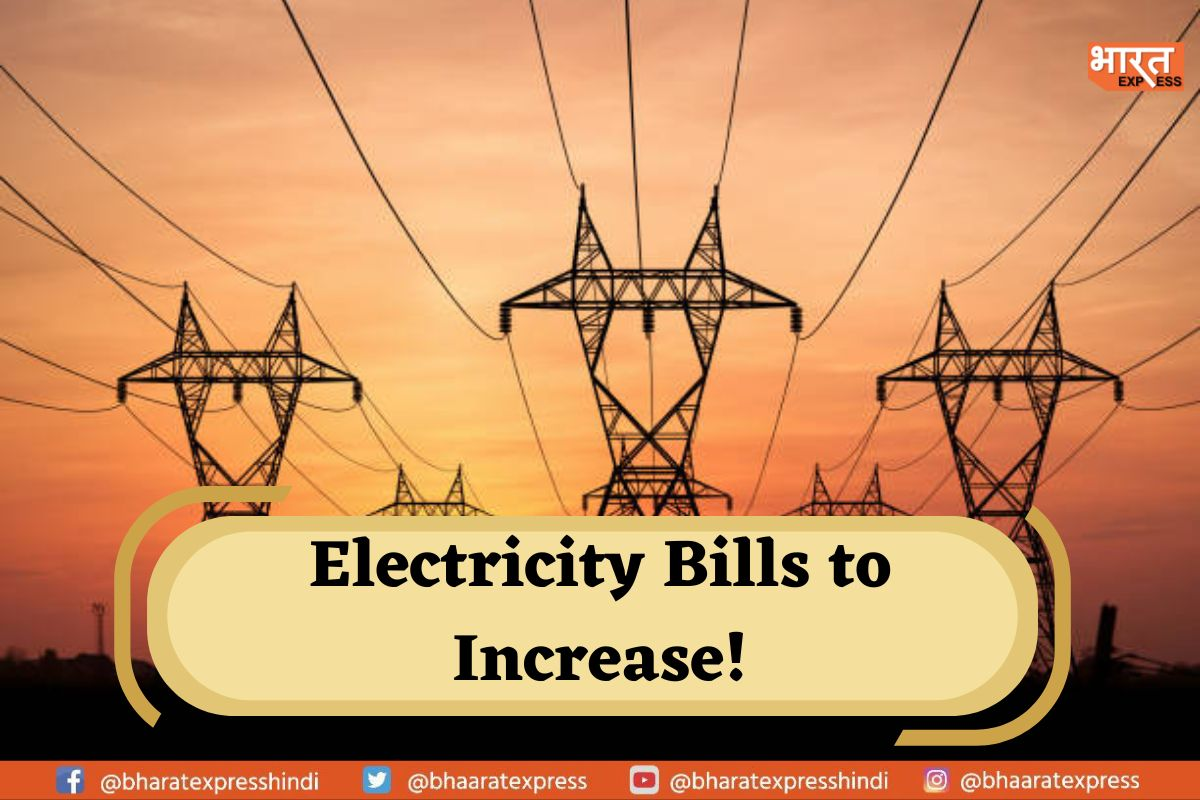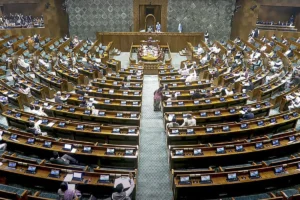
reference image
Electricity tariffs are expected to increase due to the rising costs of imported coal and longer transportation routes. This is a result of power producers passing on the costs of the recent coal crisis and a directive from the Union power ministry to blend imported coal up to 6% of their requirement until September. Additionally, the use of the rail-ship-rail route for transportation from eastern to western India has increased costs.
A thermal power generation company executive predicts that the cost of power generation could increase by 40 paise per kilowatt hour due to the purchase of more coal (both domestic and imported) and the use of the new RSR route. Some states have already increased tariffs for the coming fiscal year, but further increases may be necessary due to the rising expenses of power generation.
While electricity tariffs are expected to rise due to the increased costs of importing coal and longer transportation routes, the increase may not be as high as seen last year because some generating companies already had imported coal stocked up and domestic coal stocks were higher.
According to a senior executive at ICRA Ltd, incorporating 6% imported coal might raise generating level costs for inland power plants that are not close to the coast by 25–35 pence per kWh. The blending regulation may have additional effects on the financial situation of power producers who have not yet recouped the expense of last year’s pricey coal imports.
Although global coal prices are down from last year’s highs, they are still high compared to prices a few years ago. Blending imported coal will increase the variable cost of power generation, and analysts noted that imported coal prices were around $60 per tonne three years ago, and now it ranges from $140-150 per tonne, having reached $400 per tonne last year.
The newly proposed RSR route, designed to alleviate rail congestion and rake shortage, incurs higher costs and takes longer. This route involves transporting coal from mines in coal-rich states, such as Odisha, by rail to ports, then by ships to the west coast, and finally by rail to thermal plants in northern states such as Punjab, Rajasthan, and Uttar Pradesh. Compared to rail transport alone, the RSR route to North Indian states can take up to 15 days, whereas rail alone takes 4 to 5 days. The longer time lag only affects the first shipment, and if the supply continues regularly, the time lag would reduce, and the supply would not be impacted.
Also Read: Government Appoints Rajneesh Karnatak As CEO & MD Of Bank Of India
The state-owned NTPC has started shipping coal from Paradip, Odisha, to two of its thermal power facilities in Jhajjar, Haryana, and Dadri, Uttar Pradesh, using the RSR route. The company’s Kudgi plant in Karnataka and Unchahar in Uttar Pradesh are also planning to use this route. Additionally, Rajasthan, Gujarat, and Maharashtra have released tenders to supply coal using the RSR route. No response has been received yet from the power ministry or NTPC regarding queries about this development.
According to Union coal secretary Amrit Lal Meena, the cost of coal supplied via the RSR route is expected to be ₹7,400 per tonne, which is higher than the cost of ₹4,700 per tonne for rail transport. However, it is still lower than the cost of imported coal, which can be ₹10,000-12,000 per tonne. The extra cost of using the RSR route may help to alleviate supply shortages caused by rail network congestion. Meanwhile, domestic coal transported via the inland route would cost approximately ₹5,000 per tonne, compared to around ₹7,000 per tonne when transported by sea.
To read more such news, download Bharat Express news apps





















